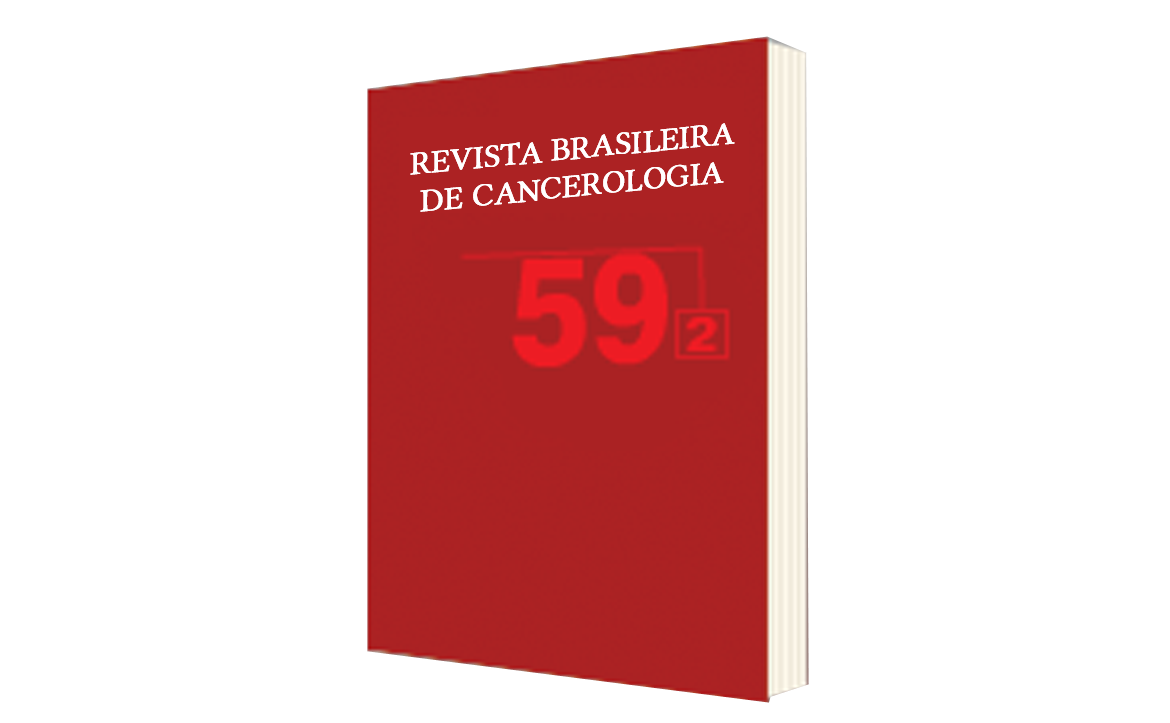Mortality Trends from Leukemia and Lymphomas in People with less than 20 Years, Brazil.
DOI:
https://doi.org/10.32635/2176-9745.RBC.2013v59n2.516Keywords:
Hematologic Neoplasms, Child, Adolescent, Leukemia-mortality, Lymphoma-mortality, Ecological StudiesAbstract
Introduction: Pediatric cancers are accountable for 2 to 3% of all malignant tumors, and worldwide more than 160,000 cases are diagnosed per year. Objective: To describe leukemia´s and lymphoma´s trend of mortality and its rates in people under 20 years old in Brazil and Brazilian capitals which use the Population-Based Cancer Registries (PBCR). Method: Data of death by leukemias and lymphomas for people under 20 was gathered from The System of Mortality Information, for the period from 1996 to 2008. The period of analysis was divided into three-year periods, and rates of mortality in Brazil and the Brazilian capitals were adjusted by the world’s population. Considering the level of significance of 5%, models of polynomial regression were used for the analysis. Results: A trend of non-constant decline in mortality rates was observed for lymphoma; for leukemia no model was statistically significant for Brazil. There were also variations in the patterns of mortality for hematological malignancies for a few Brazilian capitals. Leukemia showed higher mortality rates than lymphoma for the entire period and for all age groups. For lymphomas, decreased mortality rates were seen for all age groups except 10-14 years. For this last group an increment of mortality was observed for the last study period. The declining mortality trends observed for Brazil could be a reflection of improved survival, particularly in recent years. Conclusion: Variations in mortality from hematological malignancies between the studied Capitals suggest differences in access to diagnosis and treatment for these diseases.









